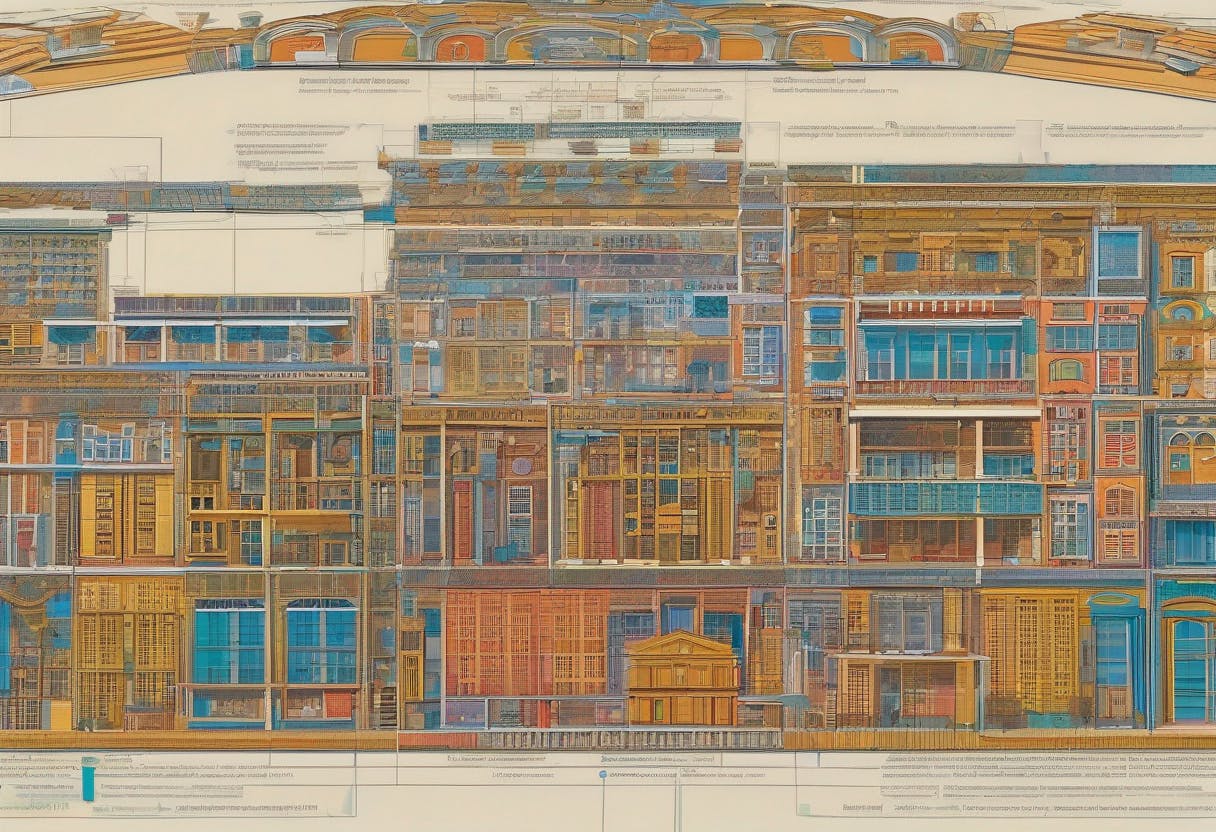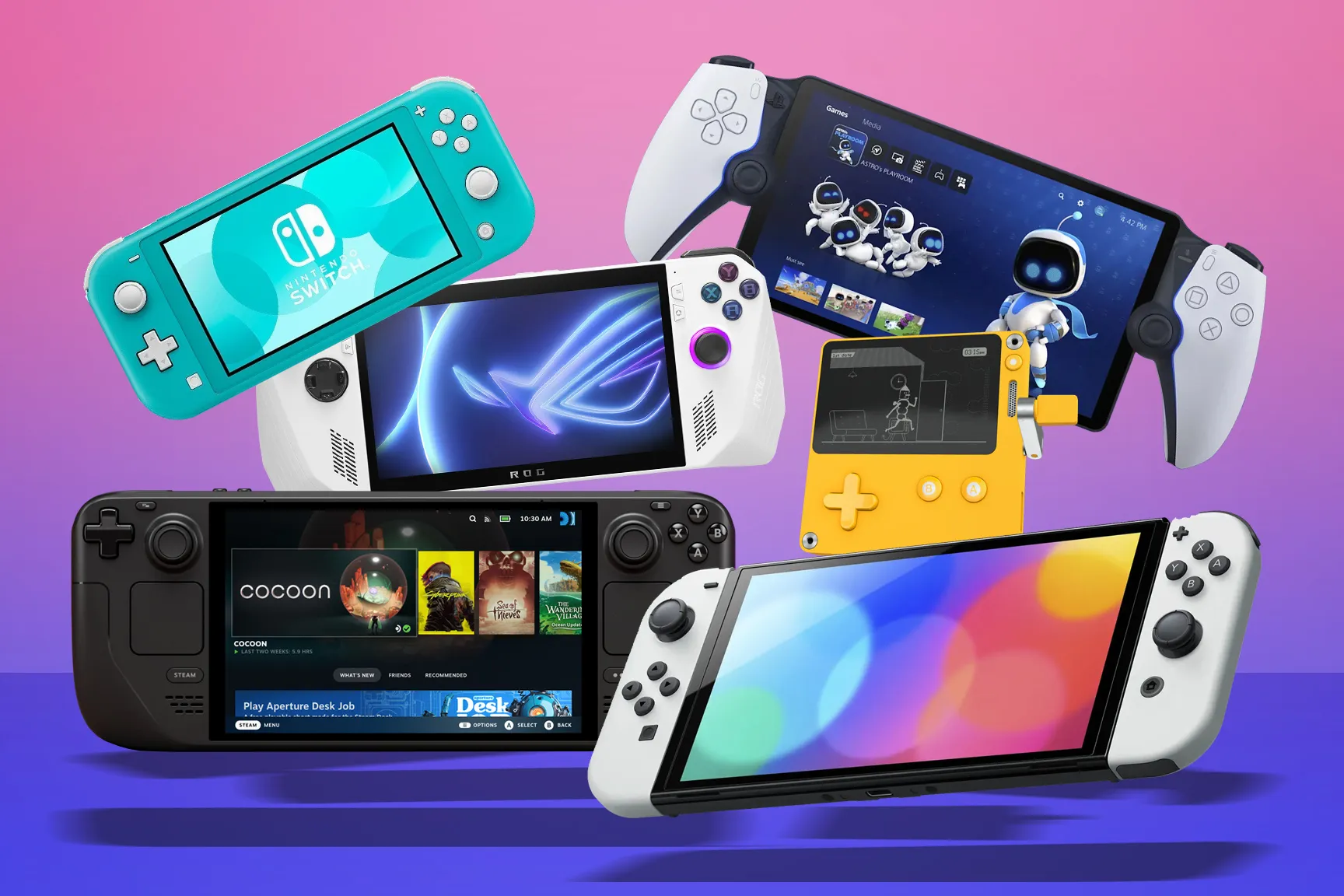I didn’t have a lot of money to spend on last year’s necessary TV upgrade, but one of my few requirements was Android TV support. Obviously, I’m a fan of Android’s open approach to software (I wouldn’t be here otherwise), and I didn’t want to end up in the more limited ecosystems of Tizen or WebOS that don’t support some of the lesser-known media apps I really enjoy. Likewise, given that I’d been using a Chromecast with Google TV on my old set, I wanted to try and avoid the intrusive, gargantuan ad banner that plagues Google TV devices.
Other than that, my requirements were pretty simple: no fancy hardware for gaming or video upscaling, and I don’t watch enough TV to justify expensive OLED, so a 4K LCD with some HDR capabilities would suit. But really, I just wanted an interface responsive enough to quickly load the few TV apps I actually use and then get out of the way. I thought having the more “basic” Android TV software baked in would be a wise choice and save me an HDMI slot over a separate Android TV box. A few miles down the road, I’m not so sure that was such a brilliant idea.
Google’s ads are a constant reminder of services I have no intention of using.
Like many others, my Android TV received that wide-reaching, Google-mandated update that brought the interface closer to that of Google TV, complete with the ads. With no official option to keep the old look, I’m back where I started with a TV interface that I can’t describe in polite words. It’s certainly not the interface I bought the TV for, and it’s made all the worse as I’ve gradually scaled back my streaming services for a back catalog of old DVDs and Blu-rays hosted on my DIY NAS. Google’s ads, as “nice” as they look, are a constant reminder of services I have no intention of using.
Robert Triggs /
This streaming-first approach might suit the majority of today’s consumer habits, but it’s just a part of the bigger TV experience. Google’s software, and many other TV operating systems, fail to cater to those who want an alternative to Netflix and chill.
Ad-focused updates have lobotomized my new-ish Android TV. Thanks, Google.
Unfortunately, just-about-capable chipsets plague even the upper-end of the TV market, and updates that introduce new features or more demanding UI elements can tip them past their already weak limits. The low-cost nature of these chips also means your expensive purchase is unlikely to receive more than a year of actual Android updates, leaving your TV in the odd position of being able to receive new ad formats but not core features. Infuriating.
Clearly, Google isn’t able to test and verify the impact of every service-based update on every chipset that currently runs Android TV, and this is the result. While updates that don’t require a full OS patch take out those all too real OEM bottlenecks, they can also be used to push absolute crap onto unsuspecting consumers.

Robert Triggs /
One solution to a sluggish UI and lackluster updates is to buy a more powerful TV box, the NVIDIA Shield TV being the top-of-the-line option, five years on. Even if it, too, is beholden to Google’s home screen ads. I probably will, eventually. But being compelled to buy a separate $150 dongle just to perform the functions my TV should (and previously did) handle out of the box clearly means there’s a problem with many smart TVs, particularly with the less expensive Android TV-powered ones.
Since I started writing this, Google has released its own dedicated streamer in the Google TV Streamer ($99.99 at Best Buy), but that too suffers from the same issue in my book — paying an extra $99 for an experience that should really be there as standard on an actual Android TV. The other alternative is the Apple TV 4K ($129.99 at Amazon), which my colleague Carlos advocates for in his own Android TV buyer’s remorse story in the video at the top of this article. However, I’m not an Apple guy, so it’d be the odd device out in my broader tech ecosystem, and it’s still a pricey extra box.
Are you happy with your smart TV software?
358 votes
Ultimately, I’m left wishing that my Android TV was dumber, cheaper as a result, and perhaps couldn’t be updated at all, at least then I could buy an Android box to go with it and not be so bothered by the extra cost. Instead, my TV is stuck with all the worst aspects of Google TV and few of the benefits. A barebones OS free from ads, “keep watching,” and “play next” recommendations that simply let me install apps would be far preferable.
While there might not be much long-tail money for Google, surely TV providers (and consumers) would be willing to part with a small upfront cost for a more streamlined experience that’s free from clutter. I wouldn’t care if my TV cost $25 more for a slicker UI and proper long-term updates that kept it running smoothly.
Sometimes dumb tech is better tech, and that’s certainly how I feel about the current state of Android TVs. Maybe I should have gone with Tizen…











